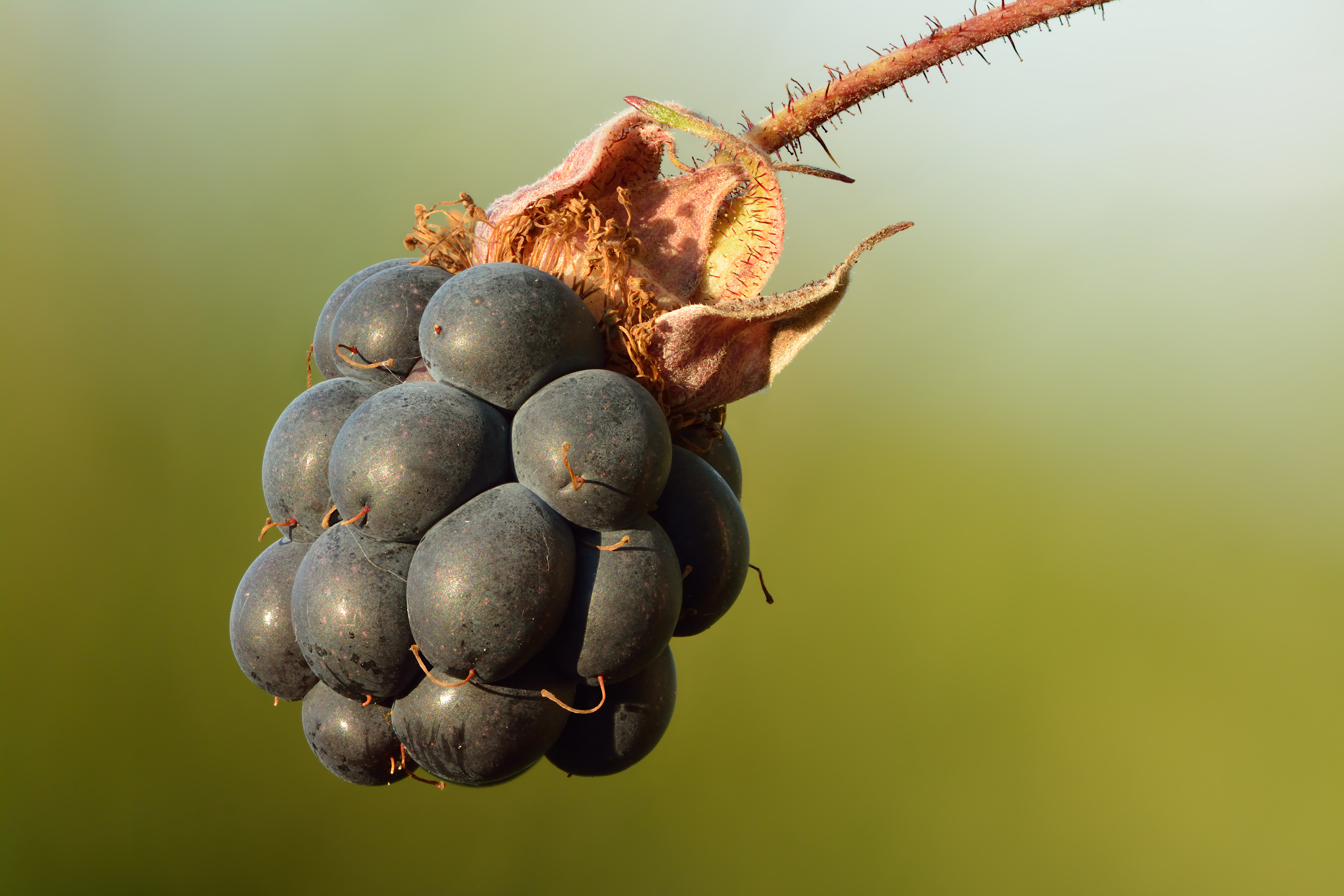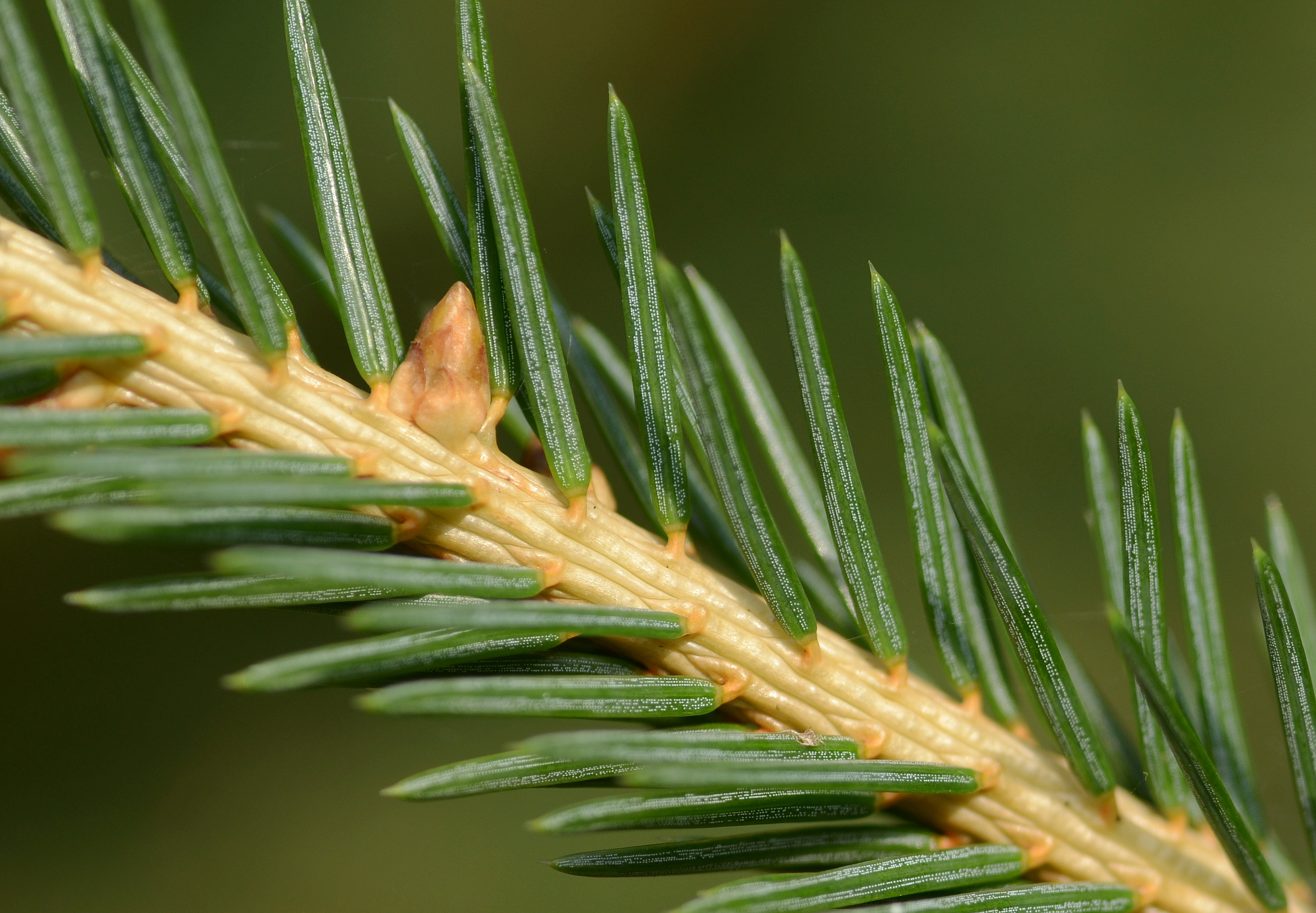|
Syndemis Musculana
:''The name of the present species was misapplied to ''Syndemis afflictana, S. afflictana'' by Thomas de Grey, 6th Baron Walsingham, Baron Walsingham in 1879''. __NOTOC__ ''Syndemis musculana'' is a moth of the family (biology), family Tortricidae. It is found in Europe, China (Heilongjiang, Jilin, Inner Mongolia), the Korean Peninsula, Japan, Russia (Amur Oblast, Amur) and North America. The wingspan is 15–22 mm. The species lacks striking patterns and is also quite variable in colour, thus it is not easy to determine. The head, thoracic and forewing are more or less brownish grey. The forewing has a more or less distinct, wide, brown cross-band in the middle. The hindwings are light grey-brown. The adults fly from April to July in the temperate parts of their range, such as Belgium and the Netherlands. The caterpillars feed on oaks (''Quercus''), birches (''Betula''), spruces (''Picea''), ragworts (''Senecio'') and ''Rubus'' (brambles and allies). Less usually, they ha ... [...More Info...] [...Related Items...] OR: [Wikipedia] [Google] [Baidu] |
Syndemis Afflictana
''Syndemis afflictana'', the gray leafroller, dead leaf roller or black-and-gray banded leafroller, is a species of moth of the family Tortricidae. It is found in North America, where it has been recorded from southern Canada and the northern United States. In the west, the range extends south in the mountains to California. The species is also present in Florida. The habitat consists of coniferous forests. The wingspan is 18–23 mm. The basal half of the forewings is silvery, while the distal half is brownish-grey. Adults are on wing in May and June in the north and from April to June in the southern part of the range. There is one generation per year. The larvae feed on various trees, including '' Pseudotsuga menziesii'', '' Abies lasiocarpa'', ''Abies balsamea'', ''Alnus'', ''Malus'', ''Betula papyrifera'', '' Acer'', ''Picea'', ''Larix laricina ''Larix laricina'', commonly known as the tamarack, hackmatack, eastern larch, black larch, red larch, or American larch ... [...More Info...] [...Related Items...] OR: [Wikipedia] [Google] [Baidu] |
Amur Oblast
Amur Oblast ( rus, Аму́рская о́бласть, r=Amurskaya oblast, p=ɐˈmurskəjə ˈobləsʲtʲ) is a federal subject of Russia (an oblast), located on the banks of the Amur and Zeya Rivers in the Russian Far East. The administrative center of the oblast, the city of Blagoveshchensk, is one of the oldest settlements in the Russian Far East, founded in 1856. It is a traditional center of trade and gold mining. The territory is accessed by two railways: the Trans-Siberian Railway and the Baikal–Amur Mainline. As of the 2010 Census, the oblast's population was 830,103. Amur Krai () or Priamurye () were unofficial names for the Russian territories by the Amur River used in the late Russian Empire that approximately correspond to modern Amur Oblast. Geography Amur Oblast is located in the southeast of Russia, between Stanovoy Range in the north and the Amur River in the south, and borders with the Sakha Republic in the north, Khabarovsk Krai and the Jewish ... [...More Info...] [...Related Items...] OR: [Wikipedia] [Google] [Baidu] |
Lapsus
In philology, a lapsus (Latin for "lapse, slip, error") is an involuntary mistake made while writing or speaking. Investigations In 1895 an investigation into verbal slips was undertaken by a philologist and a psychologist, Rudolf Meringer and Karl Mayer, who collected many examples and divided them into separate types. Psychoanalysis Freud was to become interested in such mistakes from 1897 onwards, developing an interpretation of slips in terms of their unconscious meaning. Subsequently followers of his like Ernest Jones developed the theme of lapsus in connection with writing, typing, and misprints. According to Freud's early psychoanalytic theory, a lapsus represents a bungled act that hides an unconscious desire: “the phenomena can be traced back to incompletely suppressed psychical material...pushed away by consciousness”. Jacques Lacan would thoroughly endorse the Freudian interpretation of unconscious motivation in the slip, arguing that “in the ''lapsus'' it ... [...More Info...] [...Related Items...] OR: [Wikipedia] [Google] [Baidu] |
Scientific Name
In taxonomy, binomial nomenclature ("two-term naming system"), also called nomenclature ("two-name naming system") or binary nomenclature, is a formal system of naming species of living things by giving each a name composed of two parts, both of which use Latin grammatical forms, although they can be based on words from other languages. Such a name is called a binomial name (which may be shortened to just "binomial"), a binomen, name or a scientific name; more informally it is also historically called a Latin name. The first part of the name – the '' generic name'' – identifies the genus to which the species belongs, whereas the second part – the specific name or specific epithet – distinguishes the species within the genus. For example, modern humans belong to the genus '' Homo'' and within this genus to the species ''Homo sapiens''. '' Tyrannosaurus rex'' is likely the most widely known binomial. The ''formal'' introduction of this system of naming species is cre ... [...More Info...] [...Related Items...] OR: [Wikipedia] [Google] [Baidu] |
Rubus
''Rubus'' is a large and diverse genus of flowering plants in the rose family, Rosaceae, subfamily Rosoideae, with over 1,350 species. Raspberries, blackberries, and dewberries are common, widely distributed members of the genus. Most of these plants have woody stems with prickles like roses; spines, bristles, and gland-tipped hairs are also common in the genus. The ''Rubus'' fruit, sometimes called a bramble fruit, is an aggregate of drupelets. The term "cane fruit" or "cane berry" applies to any ''Rubus'' species or hybrid which is commonly grown with supports such as wires or canes, including raspberries, blackberries, and hybrids such as loganberry, boysenberry, marionberry and tayberry. The stems of such plants are also referred to as canes. Description Most species in the genus are hermaphrodites, '' Rubus chamaemorus'' being an exception. ''Rubus'' species have a basic chromosome number of seven. Polyploidy from the diploid (14 chromosomes) to the tetrade ... [...More Info...] [...Related Items...] OR: [Wikipedia] [Google] [Baidu] |
Senecio
''Senecio'' is a genus of flowering plants in the daisy family (Asteraceae) that includes ragworts and groundsels. Variously circumscribed taxonomically, the genus ''Senecio'' is one of the largest genera of flowering plants. Description Morphology The flower heads are normally rayed with the heads borne in branched clusters, and usually completely yellow, but green, purple, white and blue flowers are known as well. In its current circumscription, the genus contains species that are annual or perennial herbs, shrubs, small trees, aquatics or climbers. The only species which are trees are the species formerly belonging to '' Robinsonia'' occurring on the Juan Fernández Islands. Chemistry Pyrrolizidine alkaloids are found in all ''Senecio'' species. These alkaloids serve as a natural biocides to deter or even kill animals that would eat them. Livestock generally do not find them palatable. ''Senecio'' species are used as food plants by the larvae of some Lepidoptera spec ... [...More Info...] [...Related Items...] OR: [Wikipedia] [Google] [Baidu] |
Picea
A spruce is a tree of the genus ''Picea'' (), a genus of about 35 species of coniferous evergreen trees in the family Pinaceae, found in the northern temperate and boreal (taiga) regions of the Earth. ''Picea'' is the sole genus in the subfamily Piceoideae. Spruces are large trees, from about 20 to 60 m (about 60–200 ft) tall when mature, and have whorled branches and conical form. They can be distinguished from other members of the pine family by their needles (leaves), which are four-sided and attached singly to small persistent peg-like structures ( pulvini or sterigmata) on the branches, and by their cones (without any protruding bracts), which hang downwards after they are pollinated. The needles are shed when 4–10 years old, leaving the branches rough with the retained pegs. In other similar genera, the branches are fairly smooth. Spruce are used as food plants by the larvae of some Lepidoptera (moth and butterfly) species, such as the eastern spruce ... [...More Info...] [...Related Items...] OR: [Wikipedia] [Google] [Baidu] |
Betula
A birch is a thin-leaved deciduous hardwood tree of the genus ''Betula'' (), in the family Betulaceae, which also includes alders, hazels, and hornbeams. It is closely related to the beech- oak family Fagaceae. The genus ''Betula'' contains 30 to 60 known taxa of which 11 are on the IUCN 2011 Red List of Threatened Species. They are a typically rather short-lived pioneer species widespread in the Northern Hemisphere, particularly in northern areas of temperate climates and in boreal climates. Description Birch species are generally small to medium-sized trees or shrubs, mostly of northern temperate and boreal climates. The simple leaves are alternate, singly or doubly serrate, feather-veined, petiolate and stipulate. They often appear in pairs, but these pairs are really borne on spur-like, two-leaved, lateral branchlets. The fruit is a small samara, although the wings may be obscure in some species. They differ from the alders (''Alnus'', another genus in the fam ... [...More Info...] [...Related Items...] OR: [Wikipedia] [Google] [Baidu] |
Quercus
An oak is a tree or shrub in the genus ''Quercus'' (; Latin "oak tree") of the beech family, Fagaceae. There are approximately 500 extant species of oaks. The common name "oak" also appears in the names of species in related genera, notably '' Lithocarpus'' (stone oaks), as well as in those of unrelated species such as '' Grevillea robusta'' (silky oaks) and the Casuarinaceae (she-oaks). The genus ''Quercus'' is native to the Northern Hemisphere, and includes deciduous and evergreen species extending from cool temperate to tropical latitudes in the Americas, Asia, Europe, and North Africa. North America has the largest number of oak species, with approximately 160 species in Mexico of which 109 are endemic and about 90 in the United States. The second greatest area of oak diversity is China, with approximately 100 species. Description Oaks have spirally arranged leaves, with lobate margins in many species; some have serrated leaves or entire leaves with smooth mar ... [...More Info...] [...Related Items...] OR: [Wikipedia] [Google] [Baidu] |
Caterpillar
Caterpillars ( ) are the larva, larval stage of members of the order Lepidoptera (the insect order comprising butterfly, butterflies and moths). As with most common names, the application of the word is arbitrary, since the larvae of sawfly, sawflies (suborder Symphyta) are commonly called caterpillars as well. Both lepidopteran and symphytan larvae have eruciform body shapes. Caterpillars of most species herbivore, eat plant material (Folivore, often leaves), but not all; some (about 1%) insectivore, eat insects, and some are even cannibalistic. Some feed on other animal products. For example, clothes moths feed on wool, and Ceratophaga vastella, horn moths feed on the hooves and horns of dead ungulates. Caterpillars are typically voracious feeders and many of them are among the most serious of Agriculture, agricultural Pest (organism), pests. In fact, many moth species are best known in their caterpillar stages because of the damage they cause to fruits and other agricult ... [...More Info...] [...Related Items...] OR: [Wikipedia] [Google] [Baidu] |
The Netherlands
) , anthem = ( en, "William of Nassau") , image_map = , map_caption = , subdivision_type = Sovereign state , subdivision_name = Kingdom of the Netherlands , established_title = Before independence , established_date = Spanish Netherlands , established_title2 = Act of Abjuration , established_date2 = 26 July 1581 , established_title3 = Peace of Münster , established_date3 = 30 January 1648 , established_title4 = Kingdom established , established_date4 = 16 March 1815 , established_title5 = Liberation Day , established_date5 = 5 May 1945 , established_title6 = Kingdom Charter , established_date6 = 15 December 1954 , established_title7 = Caribbean reorganisation , established_date7 = 10 October 2010 , official_languages = Dutch , languages_type = Regional languages , languages_sub = yes , languages = , languages2_type = Recognised languages , languages2_sub = yes , languages2 = , demonym = Dutch , capital = Amsterdam , largest_city = capita ... [...More Info...] [...Related Items...] OR: [Wikipedia] [Google] [Baidu] |
Temperate
In geography, the temperate climates of Earth occur in the middle latitudes (23.5° to 66.5° N/S of Equator), which span between the tropics and the polar regions of Earth. These zones generally have wider temperature ranges throughout the year and more distinct seasonal changes compared to tropical climates, where such variations are often small and usually only have precipitation changes. In temperate climates, not only do latitudinal positions influence temperature changes, but sea currents, prevailing wind direction, continentality (how large a landmass is) and altitude also shape temperate climates. The Köppen climate classification defines a climate as "temperate" C, when the mean temperature is above but below in the coldest month to account for the persistency of frost. However, other climate classifications set the minimum at . Zones and climates The north temperate zone extends from the Tropic of Cancer (approximately 23.5° north latitude) to the Arctic ... [...More Info...] [...Related Items...] OR: [Wikipedia] [Google] [Baidu] |







